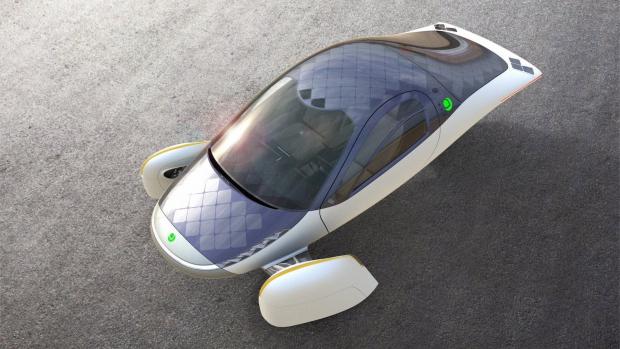
Breaking News
 Erika Kirk shares update after private in-person meeting with Candace Owens
Erika Kirk shares update after private in-person meeting with Candace Owens
 Candace Owens Reacts to Erika Kirk's Interviews and Comments about Questioning TPUSA
Candace Owens Reacts to Erika Kirk's Interviews and Comments about Questioning TPUSA
 Bank of America just leaked their report to institutional clients.
Bank of America just leaked their report to institutional clients.
 IDEAL HUB TO KICK OFF THE GRAND PLAN: BIRTH OF "USAMERICAS"
IDEAL HUB TO KICK OFF THE GRAND PLAN: BIRTH OF "USAMERICAS"
Top Tech News
 This tiny dev board is packed with features for ambitious makers
This tiny dev board is packed with features for ambitious makers
 Scientists Discover Gel to Regrow Tooth Enamel
Scientists Discover Gel to Regrow Tooth Enamel
 Vitamin C and Dandelion Root Killing Cancer Cells -- as Former CDC Director Calls for COVID-19...
Vitamin C and Dandelion Root Killing Cancer Cells -- as Former CDC Director Calls for COVID-19...
 Galactic Brain: US firm plans space-based data centers, power grid to challenge China
Galactic Brain: US firm plans space-based data centers, power grid to challenge China
 A microbial cleanup for glyphosate just earned a patent. Here's why that matters
A microbial cleanup for glyphosate just earned a patent. Here's why that matters
 Japan Breaks Internet Speed Record with 5 Million Times Faster Data Transfer
Japan Breaks Internet Speed Record with 5 Million Times Faster Data Transfer
 Advanced Propulsion Resources Part 1 of 2
Advanced Propulsion Resources Part 1 of 2
 PulsarFusion a forward-thinking UK aerospace company, is pushing the boundaries of space travel...
PulsarFusion a forward-thinking UK aerospace company, is pushing the boundaries of space travel...
 Dinky little laser box throws big-screen entertainment from inches away
Dinky little laser box throws big-screen entertainment from inches away
 'World's first' sodium-ion flashlight shines bright even at -40 ºF
'World's first' sodium-ion flashlight shines bright even at -40 ºF
Aptera solar-powered car doesn't need to be plugged in to recharge

The PI2 – Aptera's "Production Intent" vehicle – was stripped down in the parking lot test, devoid of any components that aren't required for driving the vehicle at low speed. This included the removal of the body panels, door panels, windows, solar panels, and the high-voltage system.
The Aptera is designed to be a fully solar-powered electric vehicle (sEV). Aptera claims it will have an additional 40 miles of range per day while not needing to be plugged in to recharge as it draws energy into its internal batteries from the sun. There are options for various battery pack sizes. One of which will offer up to 1,000 miles (1,600 km) of range when fully charged. Should you need to drive more than 40 miles a day or weather isn't allowing your Aptera its daily dose of sunlight, it can be plugged in to charge its battery pack.
In January of last year, Aptera announced the Launch Edition which featured roughly 700 watts of solar cells on the composite body and boasted a 400-mile range from a single charge to its 42 kWh lithium-ion battery pack. The integrated solar panels, of course, would continue to charge the batteries continuously as long as it's in the sun.
To put that in perspective, the Tesla Model S Long Range, equipped with a 100 kWh battery pack, has an estimated range of 405 miles.
Toyota's Prius offered solar panels on its vehicles in the past. Earlier models had around 180 watts of solar charging to the car's 12-volt system for running accessories in the vehicle – primarily to assist with the car's cabin fans to keep the interior cool. A later version of the Prius would also feed a small amount of power to the drive batteries, giving the car about an extra mile of range per day.
The 2020 Hyundai Sonata Hybrid also offered a solar roof option with about 200 watts of power, adding roughly 2 miles of range per day. Again, its primary purpose was to keep the 12-volt system charged, and not focused on the 270-volt system the electric drive motors use.



